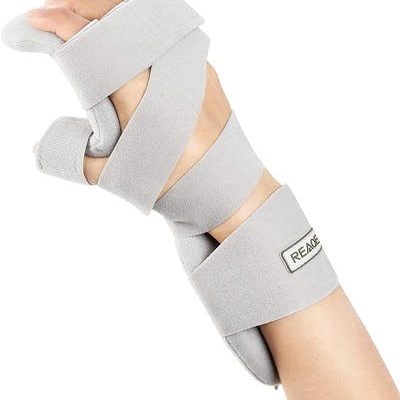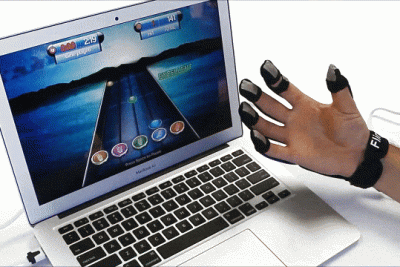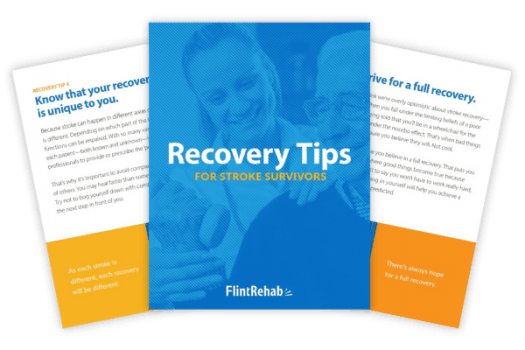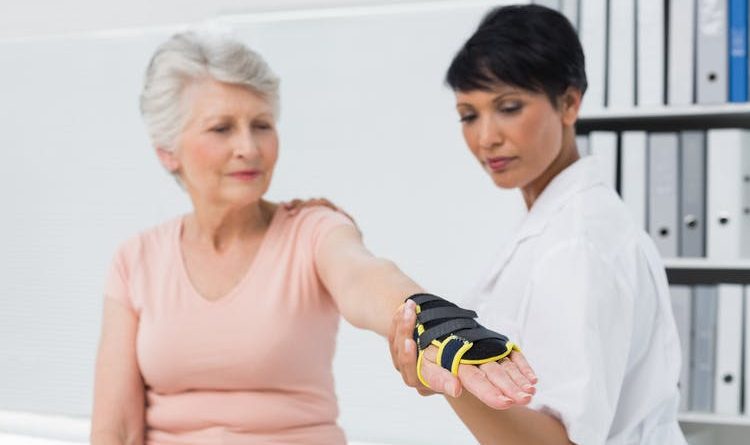Gloves for Stroke Patients: How to Choose the Best Fit for You


The final type of glove is actually an exercise device. These gloves contain sensorized fingertips that track your movement while you perform hand therapy exercises. This helps rewire the brain and allows you to restore as much hand function as possible.
For example, Flint Rehab’s MusicGlove is clinically proven to improve hand function in as little as two weeks. It works by tracking your hand movements as you follow along to an engaging, music-based therapy game.
MusicGlove creates an immersive rehab experience where users are encouraged to make hundreds of repetitive motions in one half hour session. This helps spark neuroplasticity in ways that are unparalleled in other types of gloves for stroke patients.
MusicGlove is most suitable for stroke survivors who are able to touch their thumb to at least one of their fingertips. If you have hand paralysis, severe swelling, or a clenched hand, we recommend starting with a static, edema, or assistive glove first and working your way up.
Which Stroke Recovery Gloves Help with Spasticity?
Before we wrap up, it’s important to emphasize that not all stroke recovery gloves help with spasticity. While splints and assistive gloves help stretch open the affected hand, they do not address spasticity directly.
Spasticity occurs when the brain cannot send proper signals to the affected hand. As a result, the muscles in the hand contract in an attempt to protect themselves.
Stretching a hand that is tight due to spasticity is a good way to prevent contractures, but it does not address the mind-muscle disconnect. The only way to address the root cause of spasticity is by rewiring the brain through massed practice of hand therapy exercises.
If you wish to recover as much hand function as possible, you can use different stroke recovery gloves for different goals. For example, you can use an assistive glove to give your hand a nice stretch during specific intervals during the day.
Then, you can also carve out half an hour to sit down and practice your hand therapy exercises to activate neuroplasticity and address the root cause of hand weakness after stroke. Consult your occupational therapist to discuss the best type of glove(s) for your recovery journey.
Choosing the Best Gloves for Stroke Patients
As you shop for stroke recovery gloves, remember that every stroke is different and every survivor will benefit from different recovery tools. A survivor with a clenched hand will likely benefit from a static hand brace while a survivor with moderate spasticity but some residual hand movement can utilize a hand exercise glove like MusicGlove.
We hope this article helped you understand the different types of gloves for stroke patients and what to look for as you shop around and/or ask your therapist for advice.
Keep It Going: Download Our Stroke Recovery Ebook for Free

Get our free stroke recovery ebook by signing up below! It contains 15 tips every stroke survivor and caregiver must know. You’ll also receive our weekly Monday newsletter that contains 5 articles on stroke recovery. We will never sell your email address, and we never spam. That we promise.
